In 2024, we stepped further away from the neutral, minimalist aesthetic that dominated the previous decade, and began to embrace more colour, pattern and textures in our interior spaces. We became obsessed with quiet luxury, while exploring more sustainable designs
Interior design trends move fast, though. As per fashion, what’s sizzling one minute is dry and overcooked the next. What styles will stay the course in 2025? What décor trends will look passé?
Scroll our deep-dive into dated decorating trends on the way out, but remember, your home is a reflection of your taste and style. You do you — no matter what is (or isn’t) trending.
1. Engineered stone is history

For as long as we can remember, economical and stylish engineered stone benchtops have ruled Australian renovations. However, since 1 July 2024, the popular material has been banned, to help protect workers from developing the potentially deadly disease, silicosis. Bunnings, Mitre10 and IKEA have since removed high-silica-containing engineered stone from their shelves.
Do this instead: So, engineered stone is definitely ‘out’. But there are myriad alternatives for your kitchen and bathroom benchtops — such as natural marble, timber, stainless steel, Corian and laminate.
“For those in search of a cost-effective, silica-free material that doesn’t compromise on design or a rich palette of colours and textures, Laminex is a compelling choice,” says Sacha Leagh-Murray, General Manager of Sales and Marketing at Laminex. Versatile laminate is durable, non-porous, hygienic and seamless, available in loads of colours. Some lines can even be moulded into on-trend curves.
2. Bouclé has been overdone
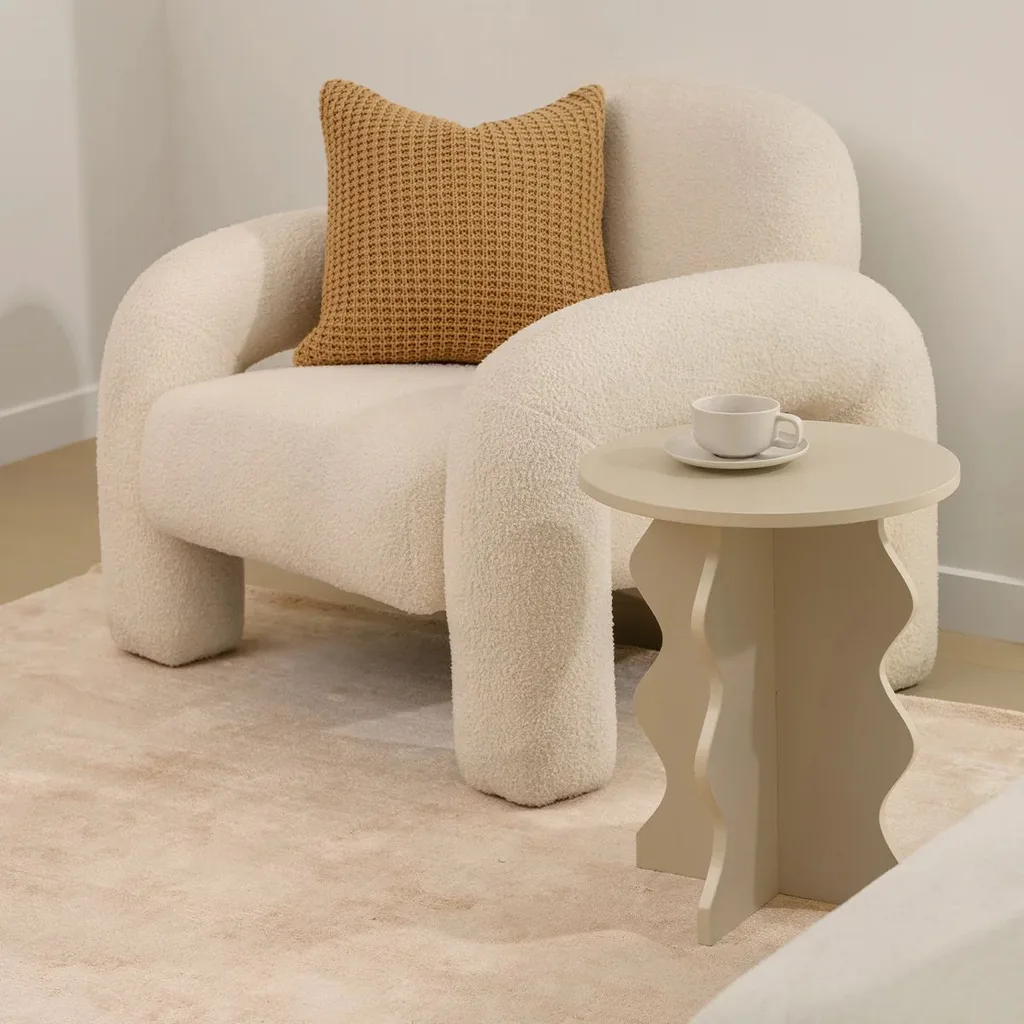
We’re calling it. Bouclé is fast becoming the Sol de Janeiro of the interior decorating world: it’s been splashed everywhere, and everyone is over it. The loopy, woolly fabric has been used on everything from furniture to cushions, throws and even dog collars.
“While boucle has proven to be enduring, it’s definitely being used less and less,” says Julia Green, founder of Greenhouse Interiors and a Dulux collaborator.
Do this instead: That’s not to say texture is ‘out’ entirely. How your home feels, literally, is just as important as how it looks. “New textures will make their way into people’s homes, such as rendered walls.” You can also embrace more natural textures and fibres, such as wood, rattan and linen.
Alternatively, your old bouclé pieces might also find a home in your teen and pre-teen’s bedrooms, as seen in Mocka’s new Youth collection. The texture feels simultaneously ‘grown up’ and playful, making it perfect for kids who are transitioning into their teen years.
3. White isn’t all right
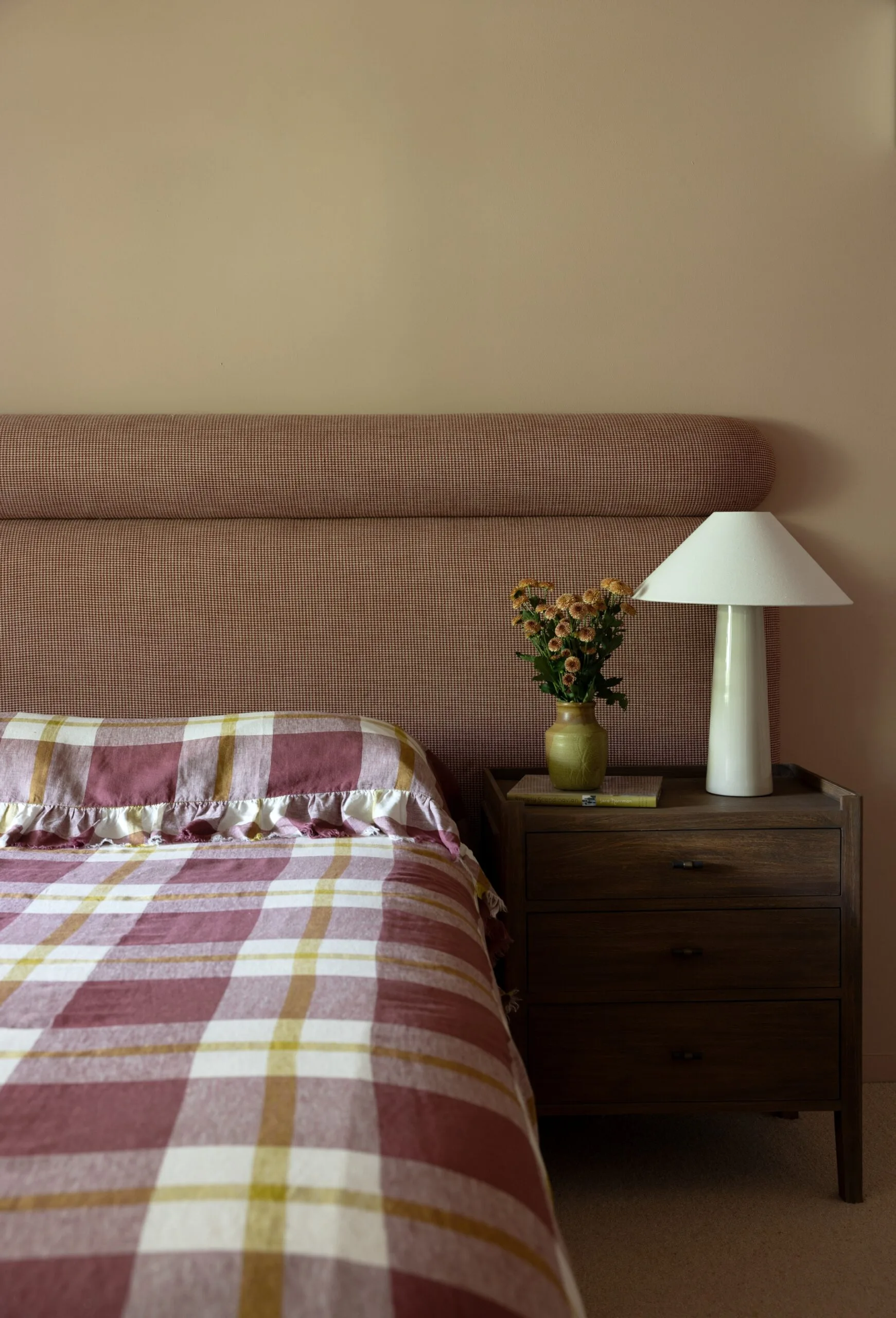
While white — or ivory, ecru, alabaster, whatever! — is versatile and neutral, Australians are looking to rich colours, such as magenta, Yves Klein blue and chartreuse green to invigorate them after a few challenging years. The sterile and safe, all-white interiors that dominated the mid-2000s are a mere memory.
“The white-on-white look is starting to look dated,” says Rachel Lacy, Colour Lead at Haymes Paint. “It’s also a lazy approach to interior design — more of a default look rather than one that considers individual tastes and the space.” If ‘light and bright’ is your M.O., never fear; “shadowed” spaces and softer whites are trending, explains Rachel. “Gentle layering of varying shades of white won’t wash a room out.”
Cool grey is also passé. Grey will never be completely out of fashion as a paint colour, of course, since it works as a neutral backdrop for your décor and personal style. Just steer clear of cool, silvery greys and channel nature when choosing a warmer shade of grey; think, ‘mushroom’, ‘pebble’ or ‘bone’. It’ll make your home feel cosier and more welcoming — and less like a dentist’s waiting room.
Do this instead: With ‘Mocha Mousse’ being named Pantone’s Colour of The Year for 2025, richer brown hues might be the new white and grey. Similarly, terracotta continues to make a comeback. Try pairing peach or terracotta with white (just a touch), cream, green, mustard, red or pink in your interiors for an impactful yet harmonious effect.
4. Chrome is the new brass
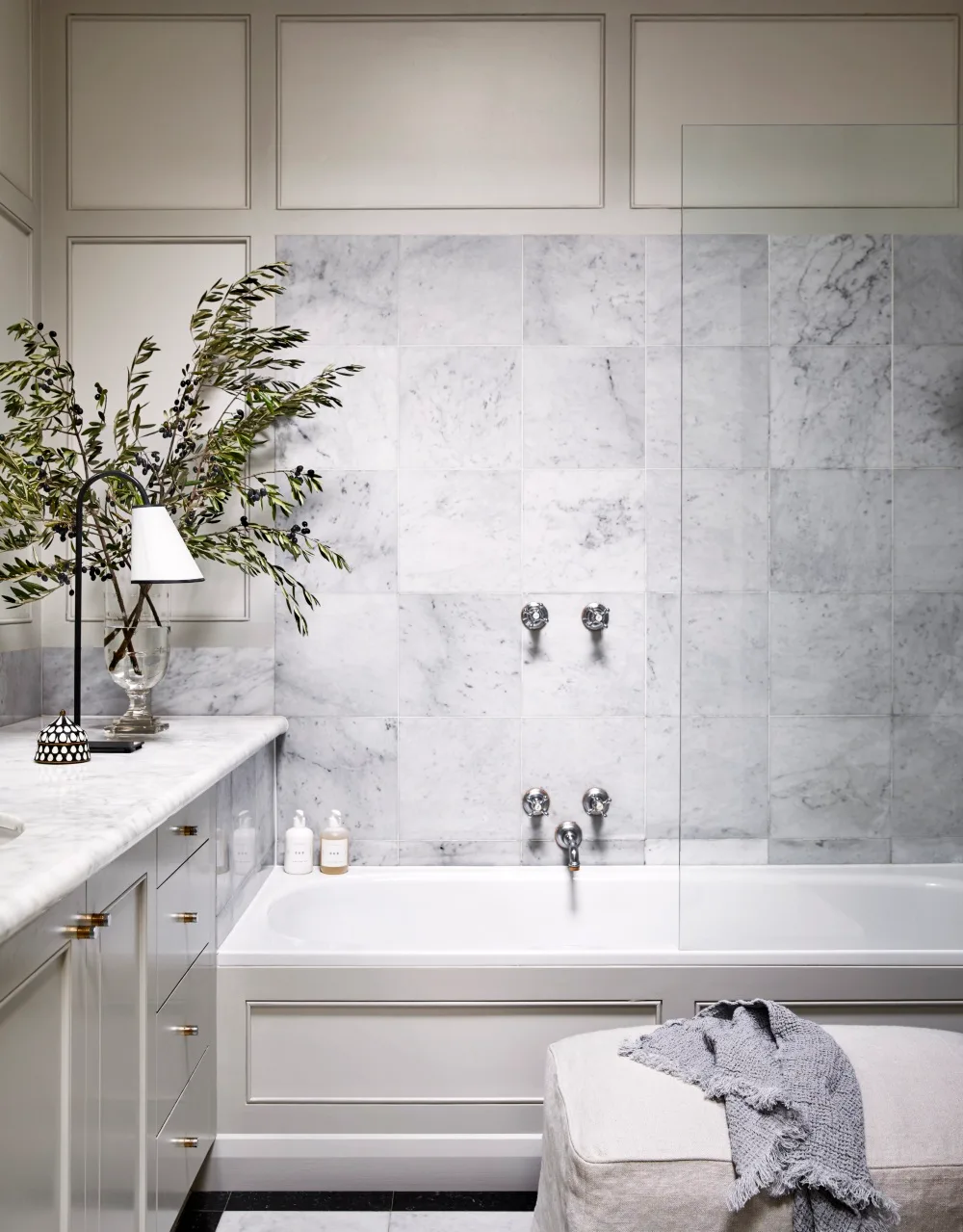
Tapware and hardware trends seem to come and go faster than jeans styles (skinny jeans are out, by the way). Chrome taps and door handles were de rigueur, then we replaced them with matte black hardware. Next came rustic brass, copper and bronze, and now chrome is having a renaissance.
Do this instead: There’s no need to rip out all your expensive brushed brass hardware or rose-gold accents in favour of high-shine silver finishes just yet.
“Chrome is certainly making a comeback, but you can mix your metals tastefully,” adds Julia. As chrome can feel a little chilly, aged brass can help you keep that sense of character while still feeling modern, making it a good choice for mixing with other metals throughout your home. To ease yourself (back) into this décor trend, try incorporating retro furniture with chrome legs or replacing kitchen handles with polished nickel knobs.
5. Fast-fashion homewares aren’t trendy

With the environment top of mind, decorators are starting to eschew fast fashion when it comes to interiors. Regularly buying and replacing (and throwing out) on-trend inexpensive décor isn’t exactly great for the planet. A 2021 survey of more than 7,000 people found that 97% of consumers are interested in buying sustainable furnishings, provided the style and cost are about the same as other options. Thanks to a meteoric rise in living expenses, as consumers we’re becoming more mindful about how we spend our money, as well.
Do this instead: Companies such as IKEA are doing their bit, with a buy-back initiative, for example. And more consumers are buying secondhand and vintage pieces, such as on 1stDibs, or investing in high-quality and less faddish pieces that will last a lifetime. Which is good for your wallet!
6. Open-plan living has lost its sheen

Since open-plan living revolutionised homes in the 1960s and 70s, Australian families have been living in close quarters and loving every minute of it. Or have we? During the COVID-19 pandemic, the combined kitchen/living/dining space fell out of favour, as people of different ages and needs struggled to work and study at home together.
We’re now seeing designers carve out separate zones for different hobbies in the home, such as media rooms, sewing and craft spaces, libraries and even Peloton rooms — while retaining spaces for families to come together.
Do this instead: If you like the idea of zones but are worried your home could be too segmented or ‘boxy’, consider building curves into the design, suggests interior designer Chiara Portesi. Curved walls and island benches can add softness while delineating spaces (and yes, they can act as load-bearing walls). You can also create barriers without popping up walls, via furniture, Shoji screens (paper-based Japanese room dividers), bookshelves — safely fixed to the floor — or glass doors.
7. Turning off TV-centred living rooms
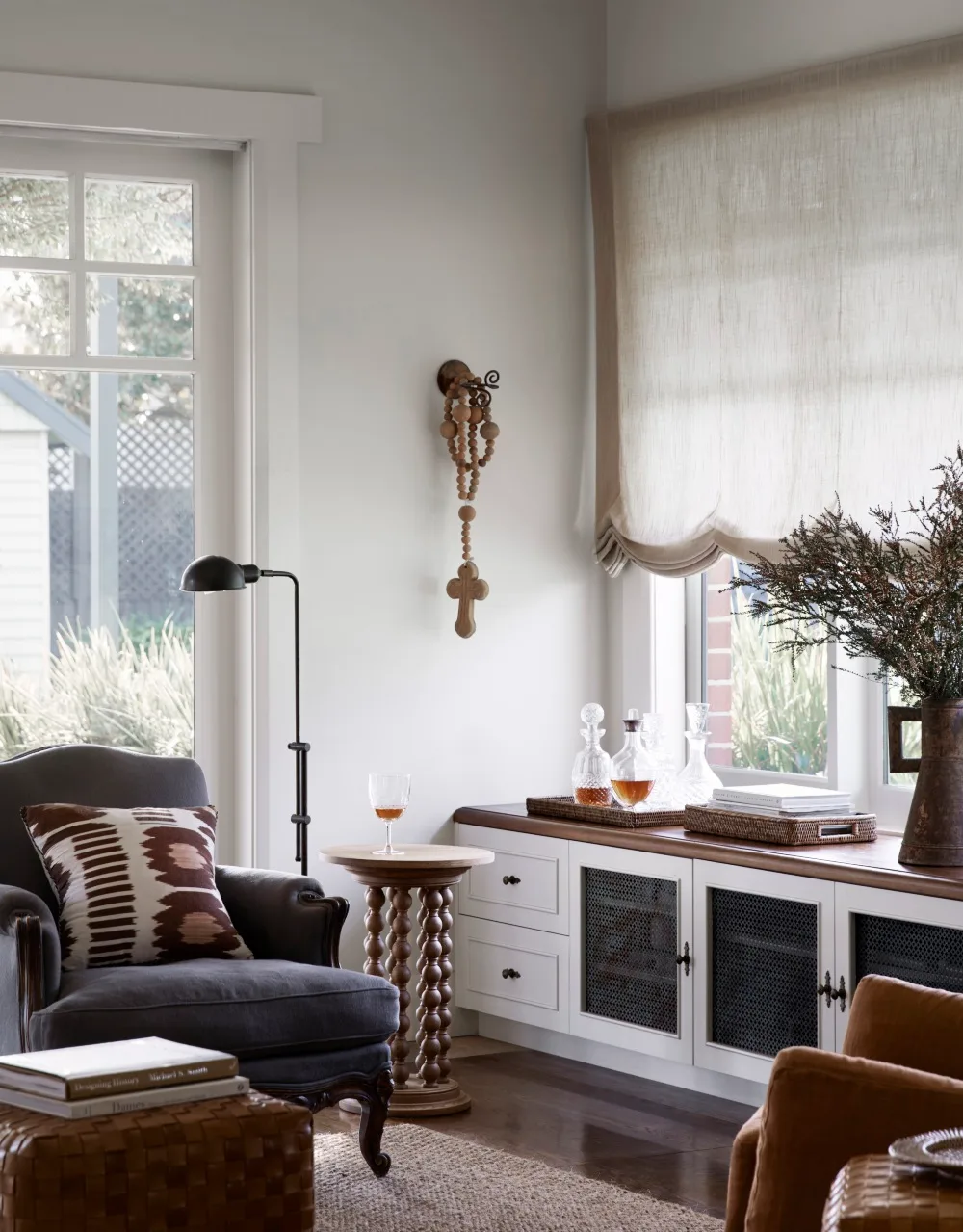
The hero of the living room used to be whatever new flat-screen TV could take up an appropriate amount of wall space, right? Not anymore. We’ve seen a return to the traditional sitting-room concept, where people gather to talk or read — rather than binge Netflix. TVs are being relegated to other spaces (because we can’t go without streamers entirely).
“It’s all about reconnecting and today, the emphasis on the home is more focused on having an inviting family space for socialising and relaxing,” says Michelle Davis, Creative Director at M+Co Living. “Regimented rows, straight lines and clinical design focused on a TV can look a little stark and cold. The trend is towards comfort in homes and promoting conversation.”
Do this instead: So, how do you rearrange your living room to foster fireside chats? “Think, sofas that face each other rather, ottomans that extra guests can perch on, handy side tables for snacks and drinks, as well as fireplaces to gather around,” offers Michelle.
8. Light-coloured timber has faded
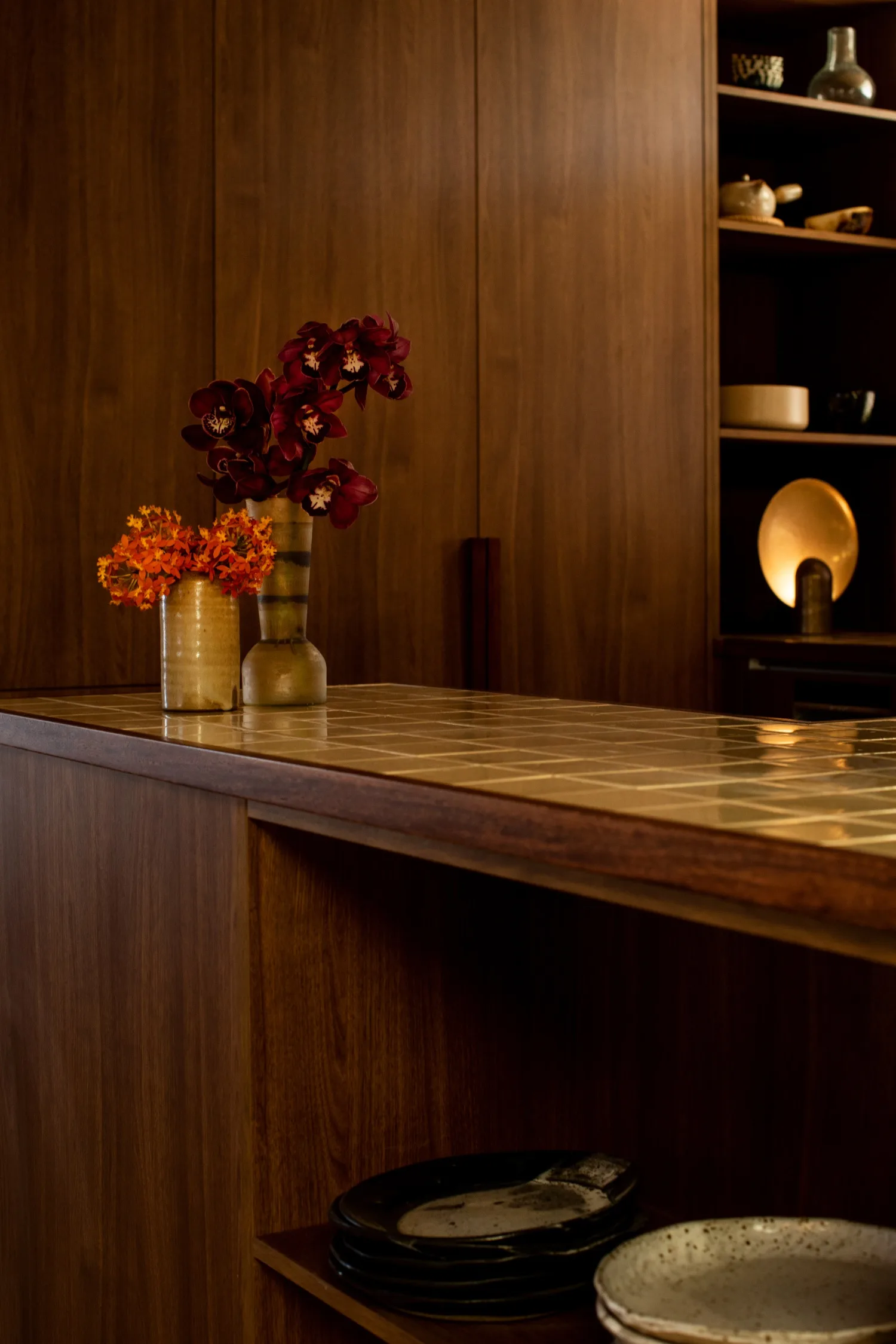
Scandinavian style will never be out, but plywood and birch are losing in the popularity stakes.
Do this instead: Taking the place of blonde timbers are darker, moody shades of wood, such as walnut, mahogany and jarrah. And rich timber (or veneer) will be everywhere… In kitchens, bathroom vanities, on floors and on the external cladding of homes. Interiors doyenne Melissa Penfold called dark “the new white”.
Dark timber is enveloping, making your home feel like a cocoon, and contrary to popular belief, it won’t make your space feel smaller. Choosing the right timber or veneer will add texture and depth to cabinetry, as well, rather than the shiny flatpack feel of kitchens and bathrooms from the now dated decorating trends past.
9. Minimalism and maximalism are both too much

Minimalism had a moment, with documentaries and books telling us to live with fewer possessions, and designers opting for clean lines and uncluttered surfaces, which sometimes looked, well, stark and cold. And even Marie Kondo couldn’t keep up with her tidying, admitting recently that she’s more realistic about mess since having her third child.
On the other end of the spectrum, maximalism espouses having stuff, stuff and more stuff — the more opulent and colourful, the better. Animal prints have been trending (yes, in homes). But layers of accoutrement aren’t always easy to live with. Imagine the dusting.
Do this instead: There’s a Swedish word, lagom, which roughly translates to, ‘Not too much and not too little’. Meanwhile, the Japanese philosophy of wabi-sabi is about accepting and appreciating the imperfect nature of everything.
Thanks to lagom and wabi-sabi, minimalism (pared-back, perfect and clutter-free) and maximalism (wild colour, pattern and décor) are two extremes we might see less of in the future.
So, we’re predicting a move away from severe styling and towards interiors that look like, well, a home.
10. Mass-produced art is meh

If you spot the same prints or framed photographs in IKEA or Kmart, reconsider adding them to your cart. While it’s great to have low-cost options for decorating your walls, cookie-cutter art is on the way out.
“There is a growing trend to lean into limited edition artworks or indeed originals, rather than mass-produced poster art,” explains Julia. Art will also become increasingly three-dimensional. “We’ll see other art forms, such as sculptures and woven art make a resurgence.”
Do this instead: And no, you don’t need to be a millionaire to start collecting art. The Affordable Art Fair, usually held in Sydney and Melbourne in winter, showcases emerging artists’ original work at very reasonable prices. Outlets such as Greenhouse Interiors and Bluethumb also champion accessible local artists.


